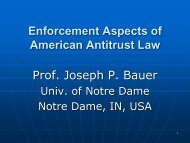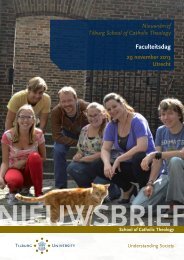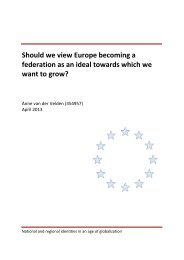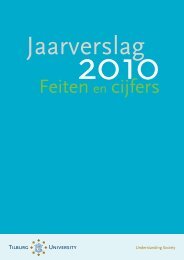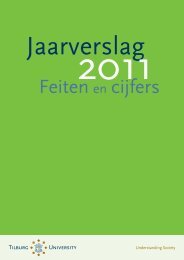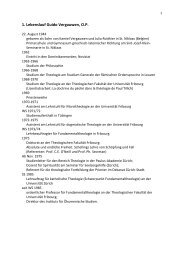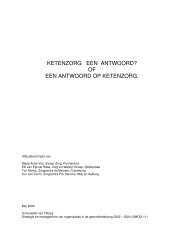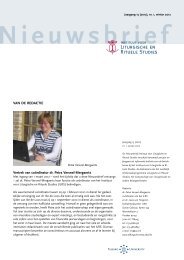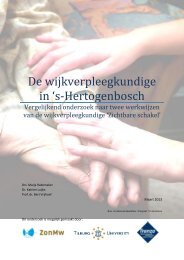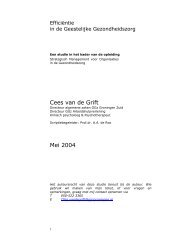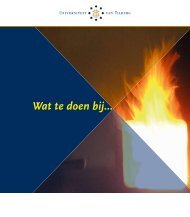Here - Tilburg University
Here - Tilburg University
Here - Tilburg University
Create successful ePaper yourself
Turn your PDF publications into a flip-book with our unique Google optimized e-Paper software.
KEY NOTE SPEAKER<br />
Snijders, Tom A.B. Tom.Snijders@nuffield.ox.ac.uk<br />
Nuffield College<br />
<strong>University</strong> of Oxford<br />
Title<br />
Statistical models for dynamics of social networks: inference and applications<br />
Abstract<br />
The main issue for statistical modelling of social networks (represented<br />
mathematically mainly by directed graphs) is how to express the dependencies<br />
between the ties in the network. This is less complicated for longitudinally than<br />
for cross-sectionally observed networks, because the time-ordering assists in the<br />
representation of these dependencies. Stochastic actor-oriented models are a<br />
class of continuous-time Markov chain models for representing network<br />
dynamics. These models assume that the actors, represented by the nodes in<br />
the network, control their outgoing network ties, subject to inertia and<br />
contextual constraints, and with an element of randomness to represent the<br />
unpredictability of social behaviour. The transition distribution can depend in<br />
potentially complex ways on current network structure and monadic or dyadic<br />
covariates. Estimation procedures have been developed for such models using<br />
network panel data, i.e., repeated measures of the network collected at two or<br />
more discrete time points, according to the method of moments, the maximum<br />
likelihood principle, as well as Bayesian methods.<br />
The actor-oriented model is presented with an outline of the estimation<br />
procedures, and a review is given of some of the applications that have<br />
appeared in the literature.



